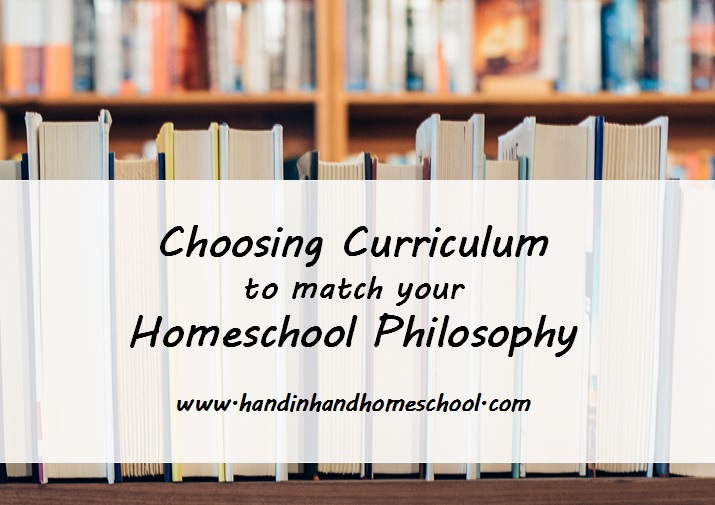I’m going to start by saying this: No perfect homeschool curriculum exists.
Sure, you can buy a lot of great material. You can even find some pretty awesome material for free. But, what works wonders for one family may be a total dud for yours.
So, how do you wade through literally thousands of curricular choices? Well, do not start by asking other homeschoolers for their opinion.

To Thine Own Self Be True
One of the things that I like about Sonlight, a Christian literature-based homeschool curriculum, is that they actually give you a list of reasons why you should NOT buy their product. It might sound like a counter-intuitive business model, but I actually find it thoughtful towards families with a limited budget. Why spend money on something you’ll hate – and then tell other people that they shouldn’t use it?
Before you even crack open a homeschool catalog, answer a few questions about yourself and your kids first. Jot down some notes and keep them handy so you’ll know what you want to look for when you start your actual curricula search.
Questions to Consider About Curriculum Needs
Once you’ve had a chance to mull over these questions, go ahead and check in with other homeschoolers. Give them a sense of what you’re looking for. Let them know what you don’t think will be a good fit. And then have fun sorting through your short list of curricular options.
Last modified on April 14, 2020




